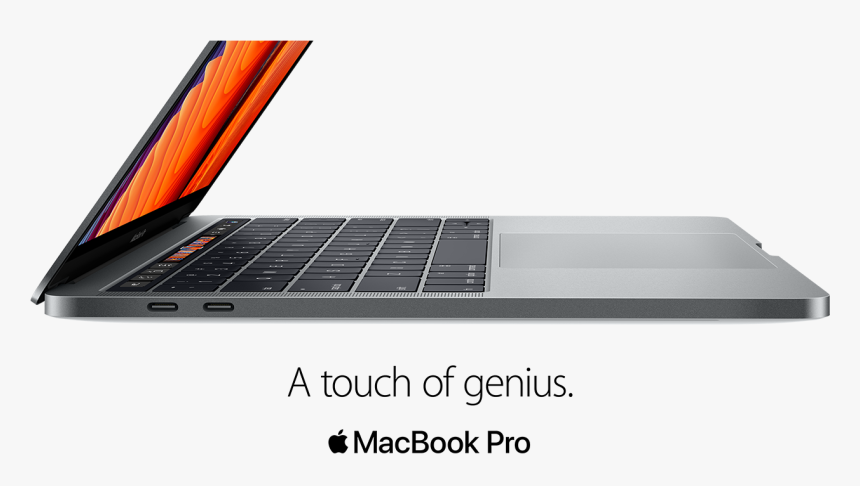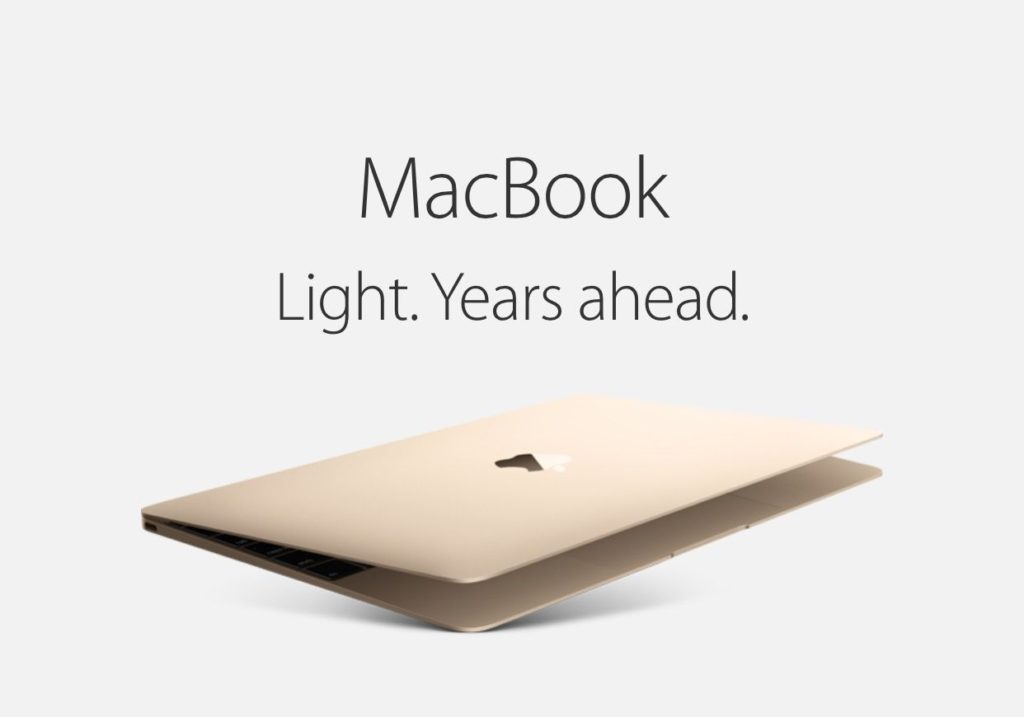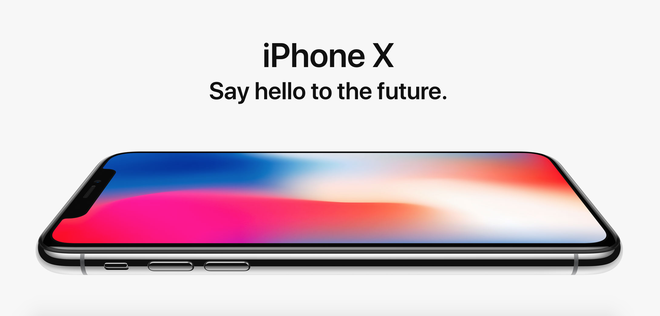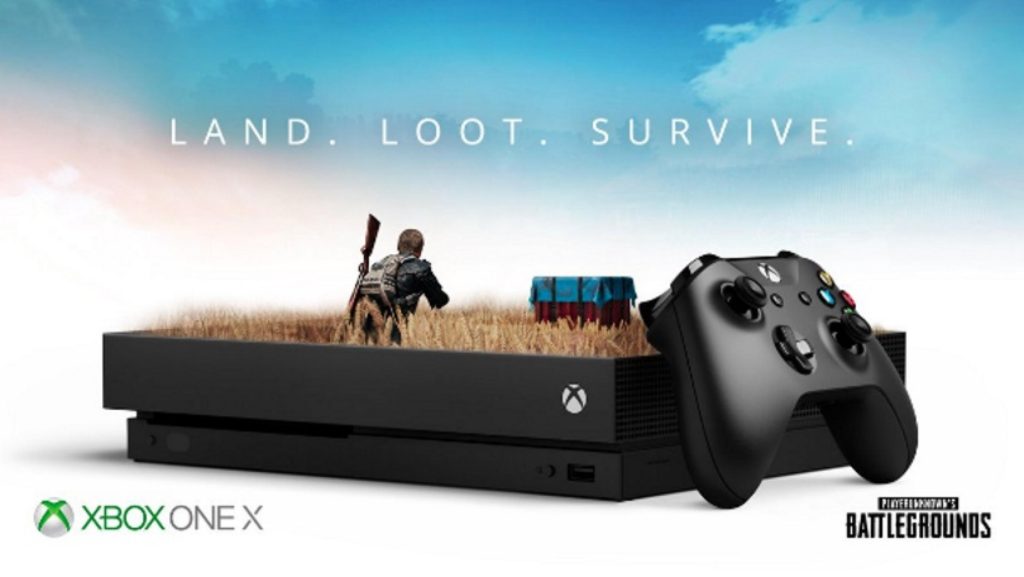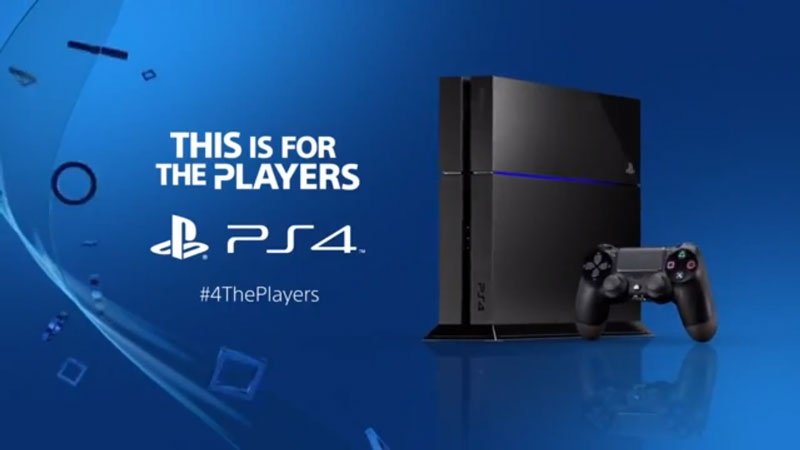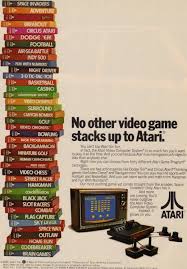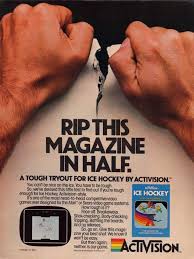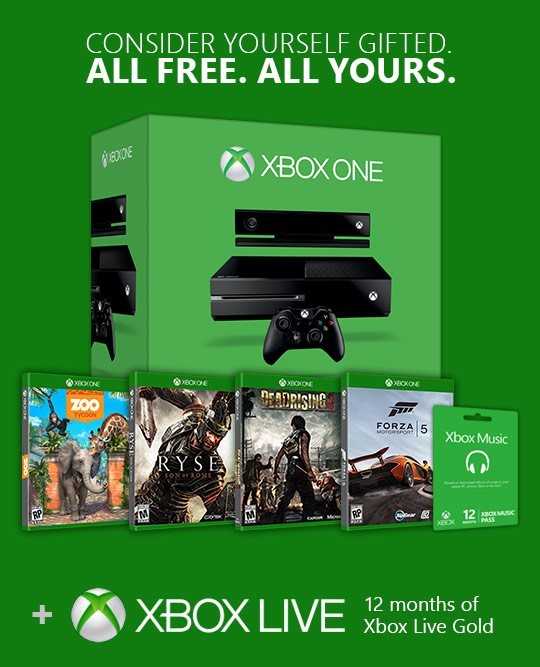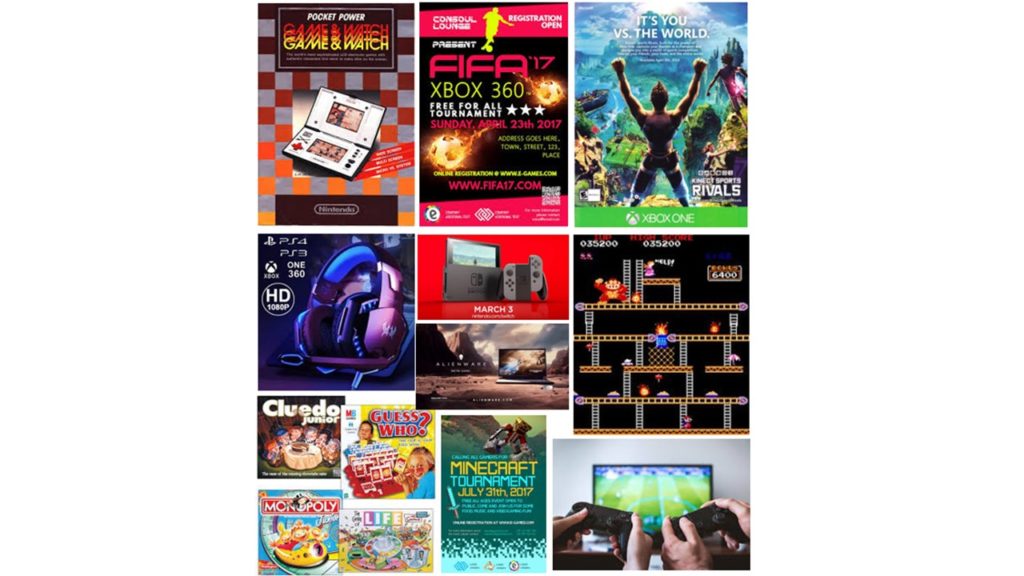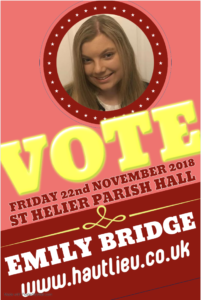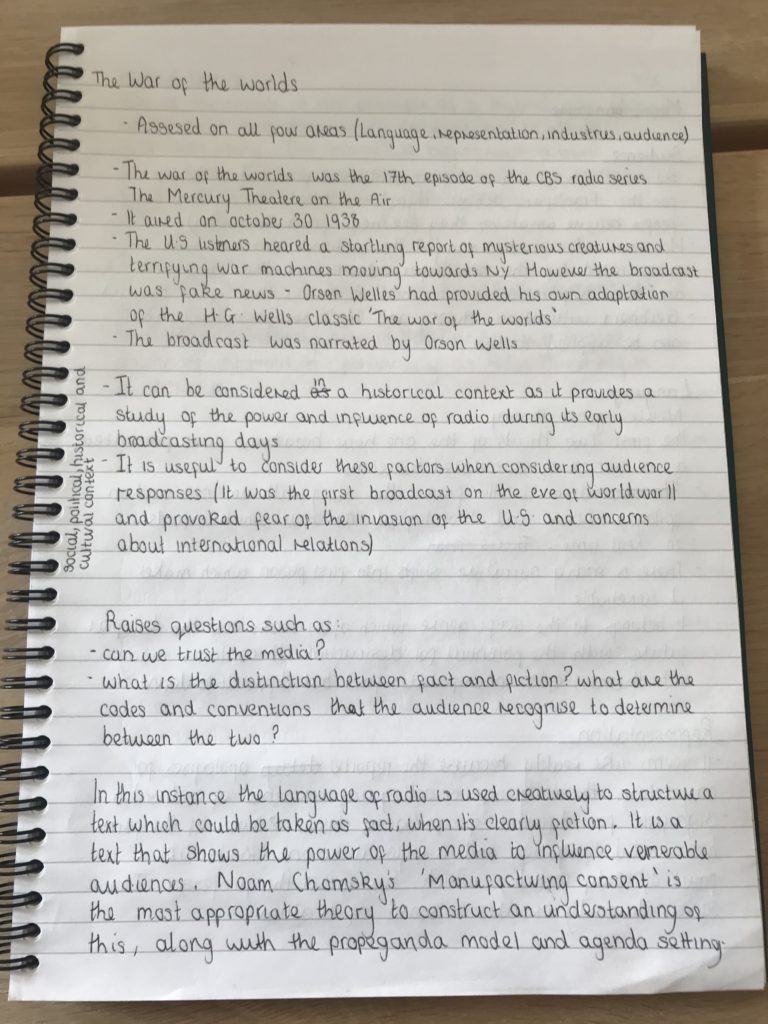For my first advert I have decided to look at games consoles. As my magazine is aimed at a more mature demographic, i’m aiming for a sleek modern advert that shows off my made up games console’s advancedness and skill proving to my consumers that by buying this console, they will immediately become better at gaming. When I first thought of “what does a sleek advertisement look like?” I immediately thought of the brand and conglomerate, Apple, known for their minimalist product design that shows off a certain elegance to it’s consumers making them believe that it is a high end and “rich person” product allowing the consumers to feel like they embody that view.
Apple does create some brilliant products but there are plenty of other tech brands that have 10x more better products, but, due to the popularisation of Apple products, these other brands tend to be overlooked. With this knowledge, I plan on making my games console advertisement not too in your face and more sleek. I plan on making a 3D model of my own games console to emphasise the professional-ness and class of my product, like Apple has done with their previous adverts.
After that, I moved onto looking at real games console adverts.
Each one of these consoles again, have a certain sleekness to them providing comfort to the gamer rather than having to use something bulky and odd-shaped. In each advert (apart from ps4), they show off the games you can play on the console which I find key to the advertisements because if the consumer has a game they really want to play and finds out that the console supports that specific game, the consumer will be more attracted to buying it. An example of this can be Animal Crossing: New Horizons, Nintendo’s cumulative unit sales of the Nintendo Switch console skyrocketed worldwide because so many people wanted to play this game as it was a part of many of their childhoods. Especially during this global pandemic, Animal Crossing: New Horizons allowed those who got it as an escapism from reality.
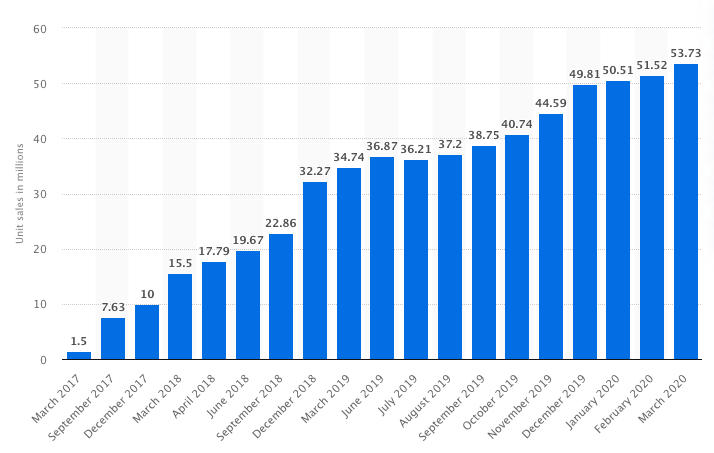
Therefore, from this information, I will make sure to at least involve 2-3 “popular” video games to my advertisement to entice more consumers to purchase my made up games console.
Something else I had noticed from the advertisements is that they always contain a slogan (a short memorable sentence) that mentions either change and adaptation or how the console is specifically designed for the gamers e.g. “THIS IS FOR THE PLAYERS” – PlayStation 4 advertisement. The effect this is ment to have on consumers is clearly to show a point that THIS is the console you want to get, WE as a COMPANY designed this specifically for YOU, the PLAYER to PLAY. And so, I shall also try to include something similar to my own product.

